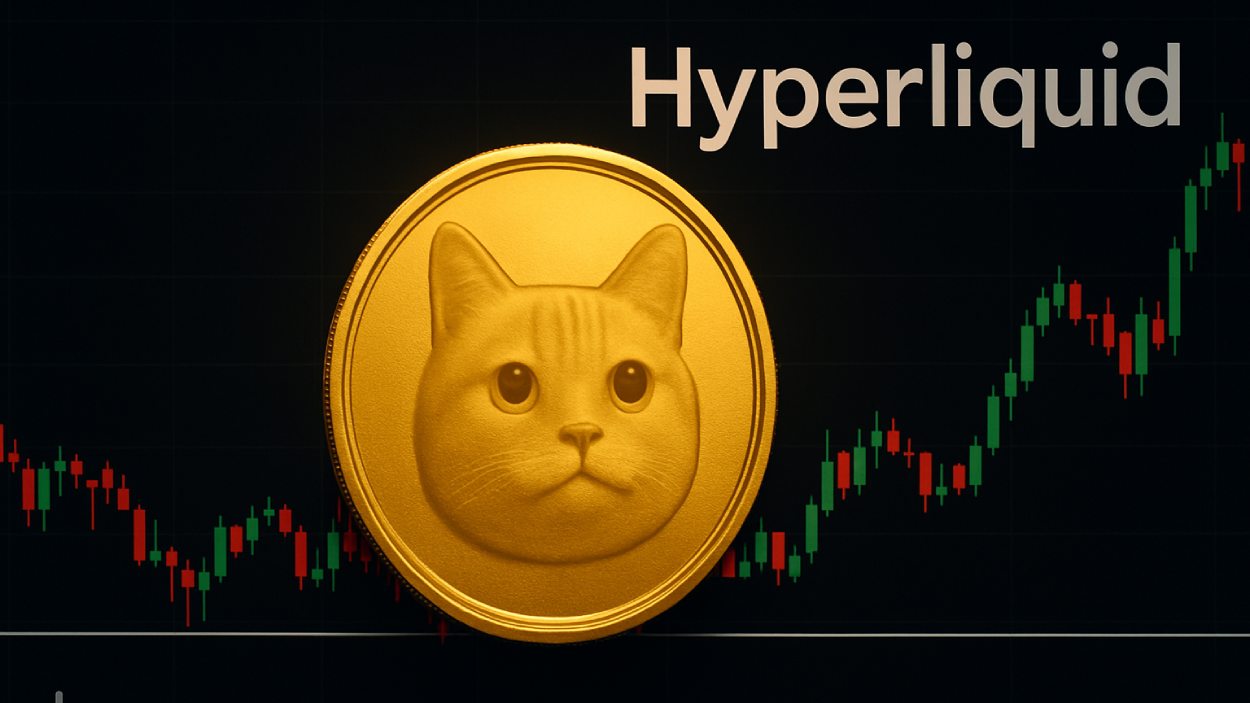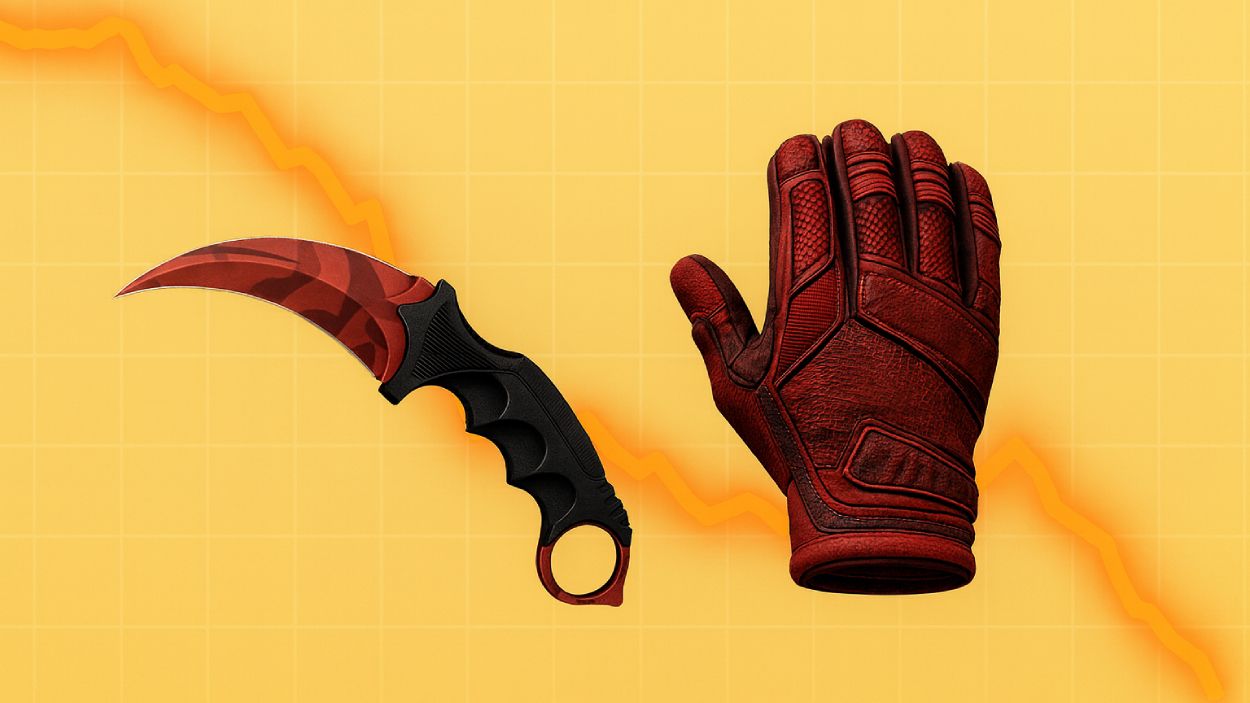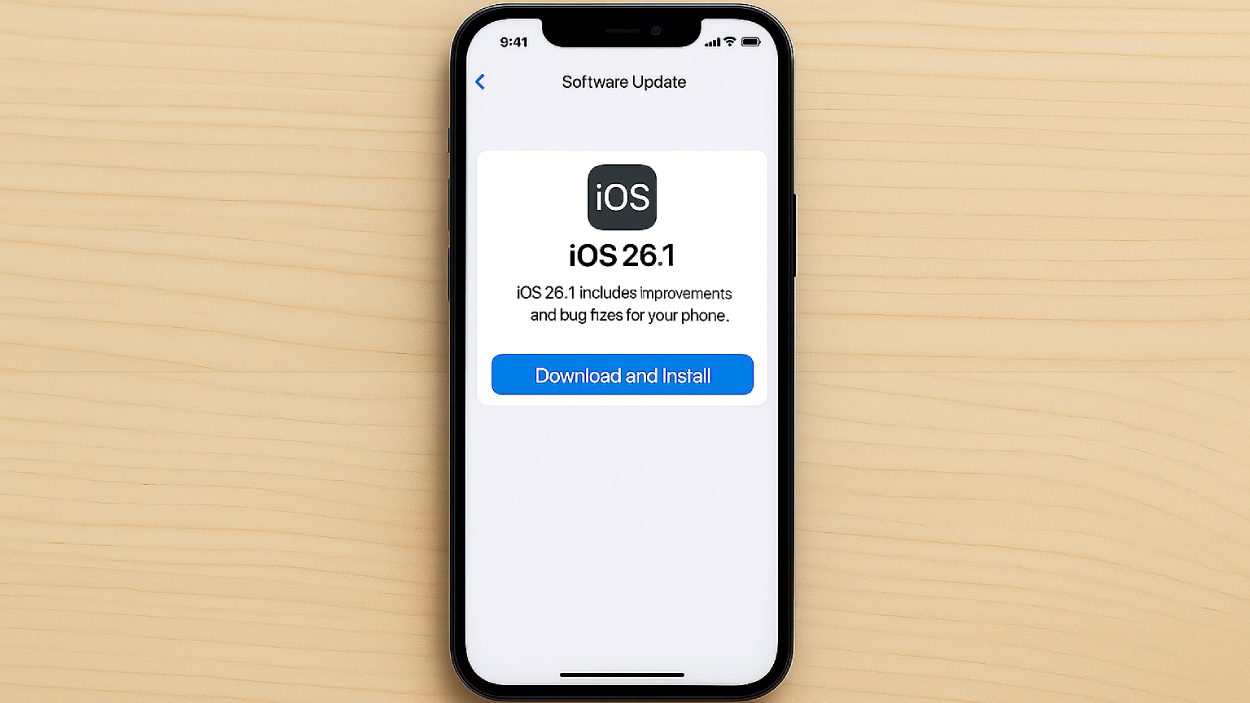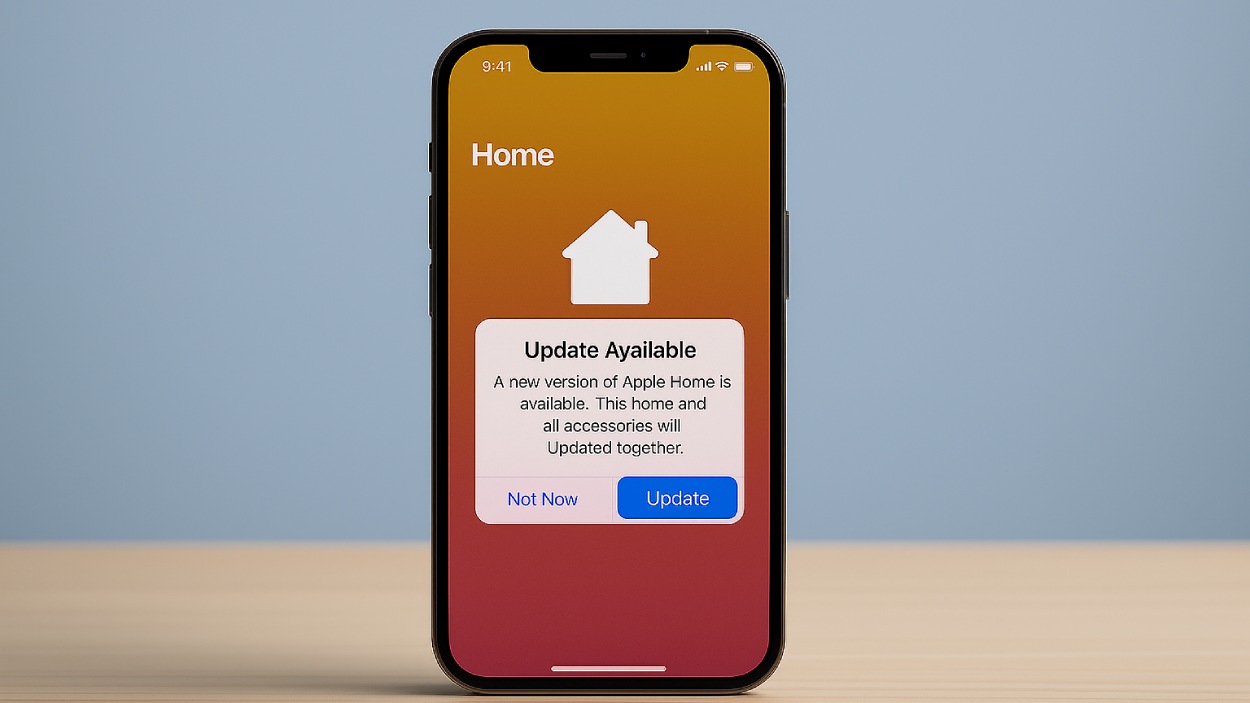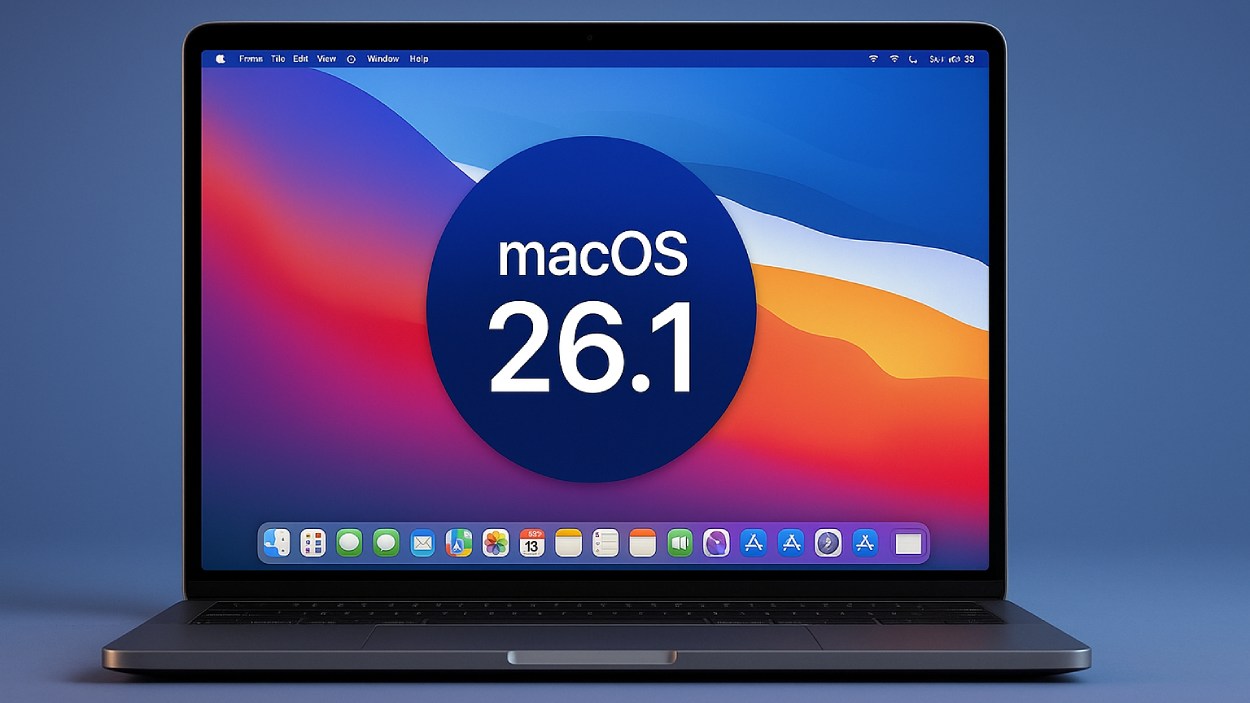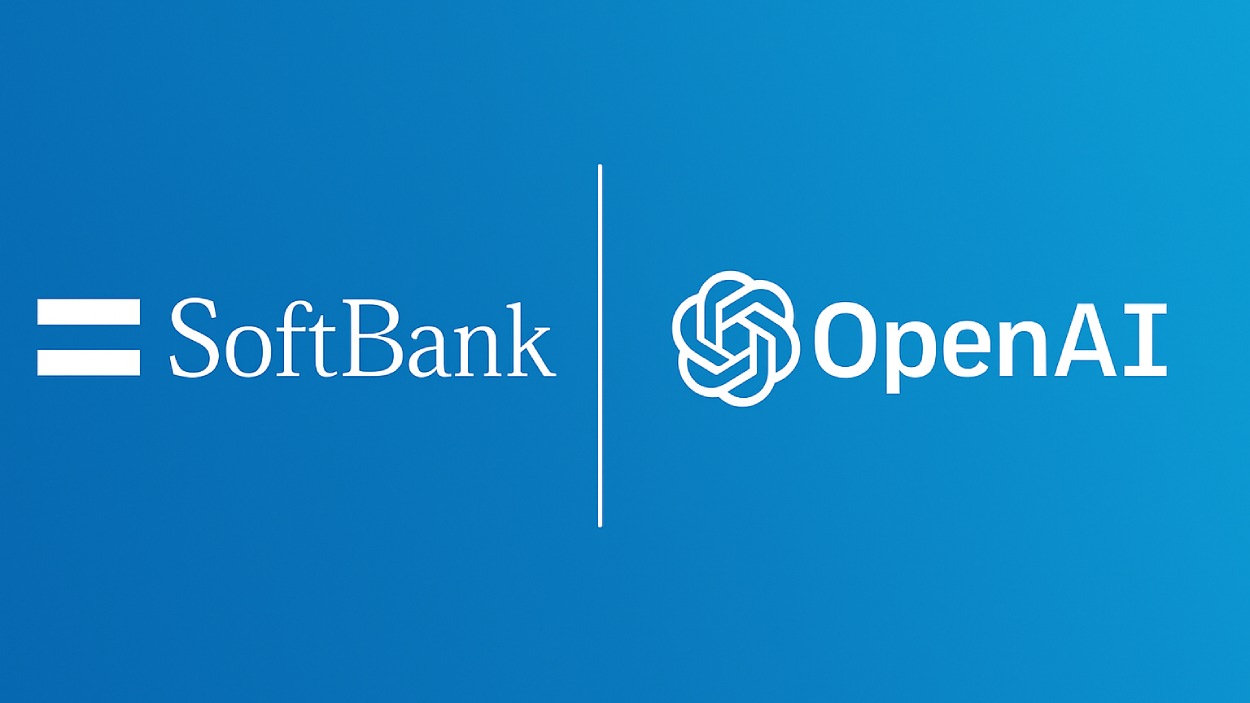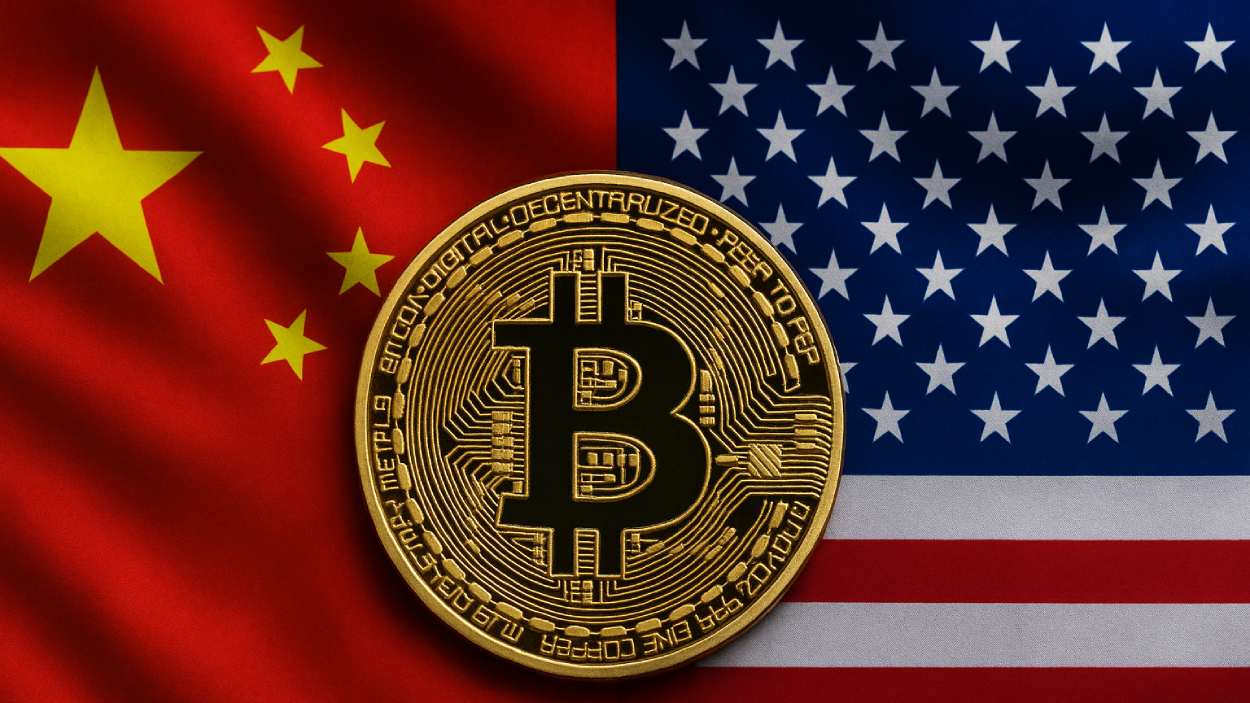A risky trading move involving the POPCAT memecoin forced Hyperliquid to freeze deposits and withdrawals, exposing vulnerabilities in the platform.
Quick Summary – TLDR:
- Hyperliquid paused deposits and withdrawals following a suspicious $30 million trading strategy centered on POPCAT.
- A trader allegedly tried to inflate POPCAT’s price using multiple wallets and large buy orders.
- The manipulation attempt led to a $4.9 million loss for Hyperliquid’s liquidity provider vault.
- This event is raising concerns about leverage controls and platform maturity in decentralized exchanges.
What Happened?
Decentralized perpetuals exchange Hyperliquid temporarily halted deposits and withdrawals after a massive trading scheme involving POPCAT caused major disruption. A trader reportedly manipulated the memecoin’s price using a coordinated strategy that ultimately cost the platform millions.
🚨 Hyperliquid under attack$JELLYJELLY 2.0 attach on @HyperliquidX, now with $POPCAT
— HodlFM (@Hodl_fm) November 12, 2025
Someone withdrew $3M USDCC from @OKX, opened massive longs on Hyperliquid using 19 wallets, then got liquidated on ~$30M positions, losing $3M.
When that happened, Hyperliquid HLP Vault… pic.twitter.com/CzN32MBP0n
A $30 Million POPCAT Gamble Gone Wrong
An onchain analyst going by the handle MLMabc revealed that the trading chaos began when a trader withdrew $3 million USDC from OKX, then split the funds across 19 wallets. By 14:45 CET, the trader began placing massive buy orders on POPCAT, totaling around $20 million at a price of $0.21, aiming to create a large buy wall and artificially prop up the price.
- The trader’s long position ballooned to $30 million across those wallets.
- When the artificial buy wall was pulled, POPCAT’s price dropped sharply.
- The sudden crash triggered a liquidation cascade, and Hyperliquid’s automated liquidity provider (HLP) was forced to absorb the position.
The fallout was quick. POPCAT’s value tanked further, resulting in a $4.9 million loss for Hyperliquid’s community-backed liquidity vault. Eventually, the platform had to manually close the position to prevent deeper losses.
Withdrawal Freeze and Bridge Issues
Following the liquidation, Hyperliquid paused deposits and withdrawals around 11:22 a.m. ET. A screenshot confirmed the freeze was labeled as “maintenance” and was later validated by onchain data from ArbiScan.
Former Coinbase executive Conor Grogan highlighted the inactivity, noting that Hyperliquid’s Arbitrum bridge had stopped processing withdrawals for at least 21 minutes. However, he observed no signs of a major hack, stating that the USDC bridge still held approximately $4.5 billion, which indicated that most funds remained safe.
Grogan suggested that the pause might be a precautionary or clawback measure, possibly aimed at recovering funds from manipulative trades.
Repeated Pattern of Exploits
This isn’t Hyperliquid’s first run-in with market manipulation. Back in March, a trader shorted the Solana-based memecoin JELLYJELLY, which similarly caused the protocol to suffer around $12 million in unrealized losses. These repeated incidents point to potential weaknesses in the platform’s leverage and liquidation mechanisms.
Some community members also criticized Hyperliquid for not adjusting POPCAT’s maximum leverage from 10x, which could have helped mitigate the damage.
SQ Magazine Takeaway
To me, this is a clear wake-up call for decentralized crypto exchanges. Hyperliquid is one of the more promising DeFi platforms, but events like this show it still has some growing up to do. Letting a trader push the system to its limit with high leverage and multiple wallets? That should not be so easy. I really hope this pushes Hyperliquid and other platforms to rethink how they handle risk. We love decentralization, but there has to be better guardrails when real money is on the line.

